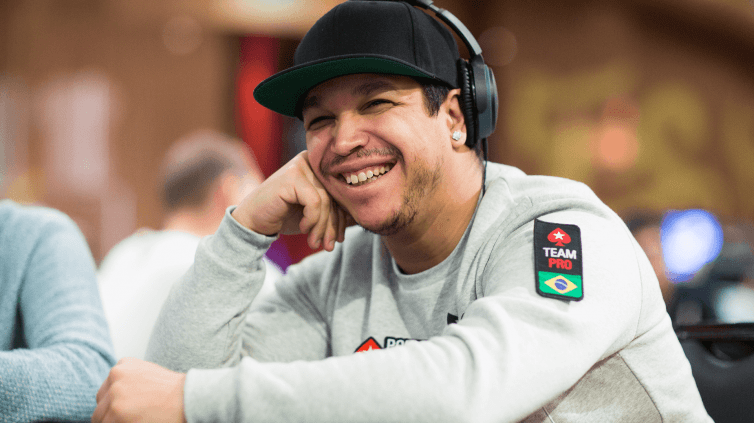Pre-Flop Essentials
In the three previous lessons we have built on the Poker Basics course and focused specifically on correct pre-flop play in no limit Texas Hold’em cash games. There’s a lot of information to process, so here is a summary of all those essentials, as well as a chart that you can print out and keep handy for cash game play.
You should also try your hand at the questions at the bottom of the page, which will test your knowledge of cash game play so far, and also hit the PokerStars tables again to put all of this into practice.


Pre-flop essentials
It is worth repeating yet again that there will always be exceptions to every rule in poker. But stick to these guidelines to build a solid game in no limit Hold’em cash:
- Play your strong hands aggressively
- In general: Don’t slow play
- Raise three to four times the big blind (BB) as default
- If you decide to raise after player(s) have limped, then add one BB per limper to your default raise
- If you want to re-raise (three-bet) after an original raiser has entered the pot, then raise about three times the initial raise. If somebody called the first raise, add this to your raise
- Be aware of your position: be very tight in early position and loosen up in better positions.
- Stay aware of the effective stacks sizes in all situations. If you want to deviate from the rules, make sure it has the potential to be worthwhile.
You should take a few minutes to remember the rules above.
Starting hand chart
We have talked about the general concepts of the pre-flop game in no limit Texas Hold’em. The following chart gives a firm idea of what kind of hand you should be playing and in what situations.


How to read the chart:
First column: Your cards.
- 88-22 contains all pocket pairs between 88 and 22.
- AK contains AK suited and AK off-suit.
- A9s or 54s means suited. So if your cards are from the same suit you should look here.
- o stands for off-suit. That means you look here if you hold K♥ Q♠ but not if you holdK♦ Q♦ .
Second column: Your position.
- On a nine-handed table the first two seats to the left of the big blind are called early position (EP), the next three are called middle position (MP). These are followed by late position, which is the player on the button and the player on his right.
Third to fifth columns: Action in front of you.
- This is straightforward. If everybody folded and you are the first player to enter the pot, you look in the third column Everybody folded.
- If at least one other player called the big blind you look in the fourth column: Somebody called. It doesn’t matter how many players have called.
- Somebody raised means exactly one raise in front of you. If there has been a raise and a second raise this column doesn’t apply. If somebody raised and one or more other players called this initial raise this is the right column.
Call 20
- With small and middle pairs you mostly look to flop a set. This is a very strong hand and will likely win you big pots. But you won’t hit a set all that often on the flop so you need to be sure that the amount you and your opponent(s) have left is big enough to make the call worthwhile. Our rule of thumb is that you and your opponent need at least 20 times the raise amount in your stacks.
What to do if somebody raises after you:
This is quite easy but does not feature on the chart.
- If you have a pocket pair you can follow the 20x-rule explained above.
- If you have AA or KK you can re-raise and even move all-in.
- If you don’t have a pocket pair you fold. Even if you hold AK.
There is a final easy but very important rule about the starting hand chart: if your hand is not in the chart, you should fold.

